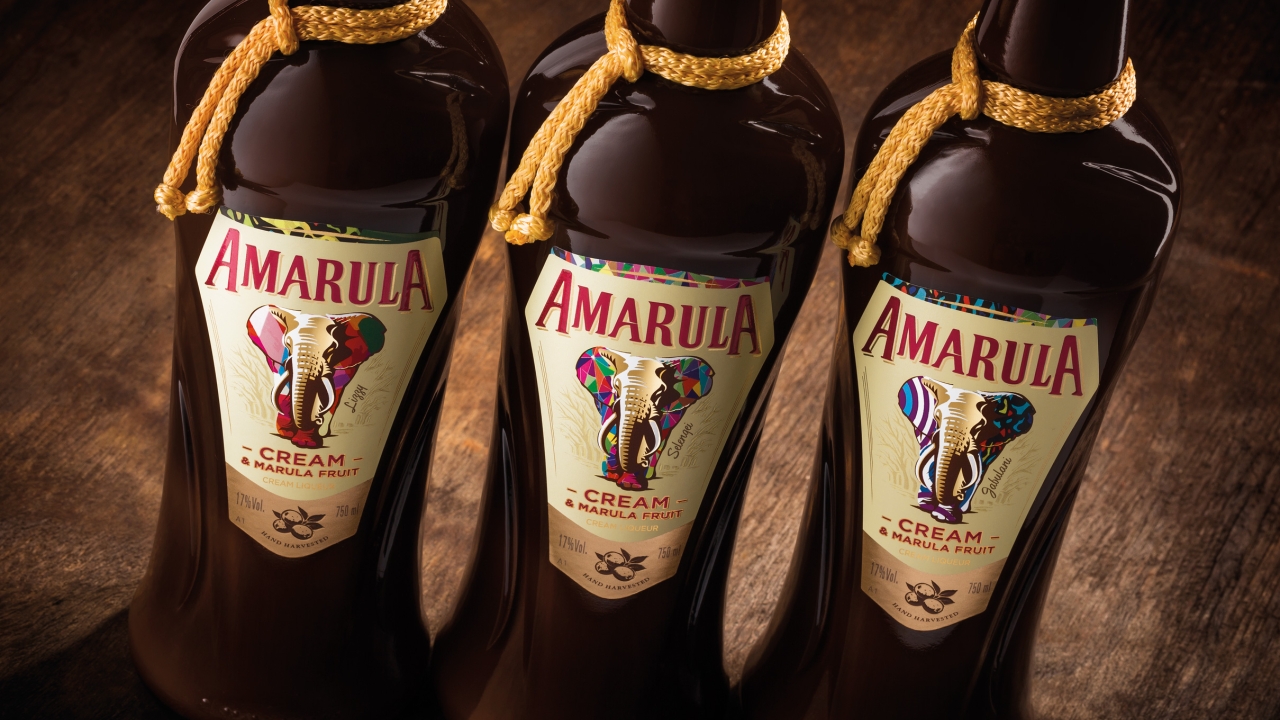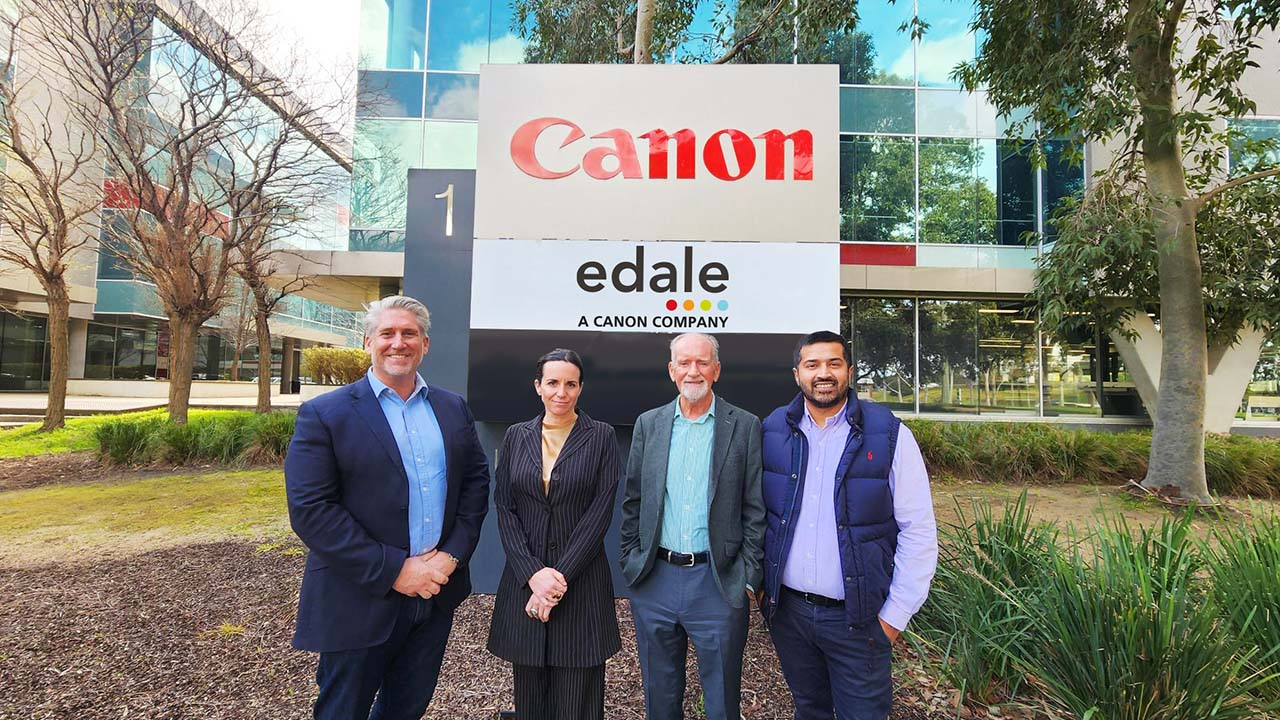Capitalizing on megatrends: why vendors must close the gap between design and production

For over a decade, we have seen the incredible creative potential of digital printing for labels and packaging. From the advent of variable data printing through to the mass customization that is now possible, it is clear digital is opening up new ways for brands to leverage the packaging medium to engage with consumers. Indeed, Smithers Pira has stated that in the future, creating a consumer connection via personalized and customized print will be a key driver in the luxury packaging market, which will be worth 15.9 billion USD by 2022.
From household staples, to chocolate and premium drinks, converters around the world working in the consumer packaged goods market are reaping the benefits of digital printing. Brands are realizing significant commercial benefits by using packaging to blend recognizable iconography with timely and personal messages to enhance the way they communicate with consumers. This is evident with recent well-known marketing campaigns, printed on HP Indigo digital presses, like Coca-Cola’s ‘Share a Coke’ campaign and Amarula’s ‘Name Them, Save Them’ branded bottles to raise awareness of the endangered African Elephant. It produced 400,000 individually unique bottles, representing the number of remaining wild elephants, with each bottle featuring a completely unique graphic design of an elephant, along with a name. This ability to enrich the consumer experience by increasing relevance and creating emotional connections, while reinforcing core brand identity, is resulting in more attractive products and establishing new ways of consumers and brands communicating around a common cause.
What does this mean for label and packaging printers and converters in the future? In reality, it’s likely that they will only make it on to the preferred suppliers list if they can deliver the jobs brands require today – whether it’s personalization or customization, limited editions, quick-run projects and more. However, investing in digital presses is only one of the steps. Regardless of the capabilities of digital presses when it comes to quality and speed, the ultimate success of the printed product hinges on the work done before it reaches the production room, in the design process.
There are several key issues to take into consideration. Firstly, optimization: while digital print quality is equal or better than analogue processes like lithography and flexography, if a design is not optimized for digital then the full potential of the digital process will not be reflected in the output. Therefore, it is very much in the interest of printers and converters investing in digital presses that more work is done to engage with designers and educate them about the possibilities of digital print. Until recently, the design community has not had access to the software tools used to automatically create the unique designs for the Amarula campaigns, for example. As well as having access to the same software used by press owners, designers want an insight into the production process because this knowledge at the outset results in a greater chance that the original brilliance and strength of a design will be carried through to the packaging that eventually hits the shelf. Just think of the amazing packaging that could result when highly creative design talent and powerful technology comes together.
I strongly believe engaging with and empowering designers is firmly the responsibility of digital press and software providers like HP Indigo. When we help close the gap between design and production and let designers play their part in driving digital packaging, we will see the power of digital used to their full potential. We have started this revolution with the recent launch of the beta program for HP SmartStream Designer for Designers (D4D). For the first time D4D puts these tools into the hands of the designers themselves. It will mean that agencies and designers can design a campaign to maximize its impact – from the start. As a result, printers and converters can accelerate this revolution, growing their businesses and benefiting brands and consumers alike. In many ways this is just the beginning of the digital journey for labels and packaging.
We saw an exciting example of this at the recent D4D beta launch, where the Yarza Twins, a leading design team, showcased the results of a creative campaign for Smirnoff. Though this wasn’t for commercial purposes, it showed how designers can work in sync with printing processes to create unique experiences for consumers that maintain the highest quality standards, demanded by brands. In the world of labels and packaging, I see this being a huge opportunity for converters to work more closely with designers and agencies to come up with high value jobs (and that remain cost-effective to produce) and are therefore profitable. This underlines the potential of digital print and makes me feel very confident about the future for printers and converters who embrace innovation.
Stay up to date
Subscribe to the free Label News newsletter and receive the latest content every week. We'll never share your email address.

